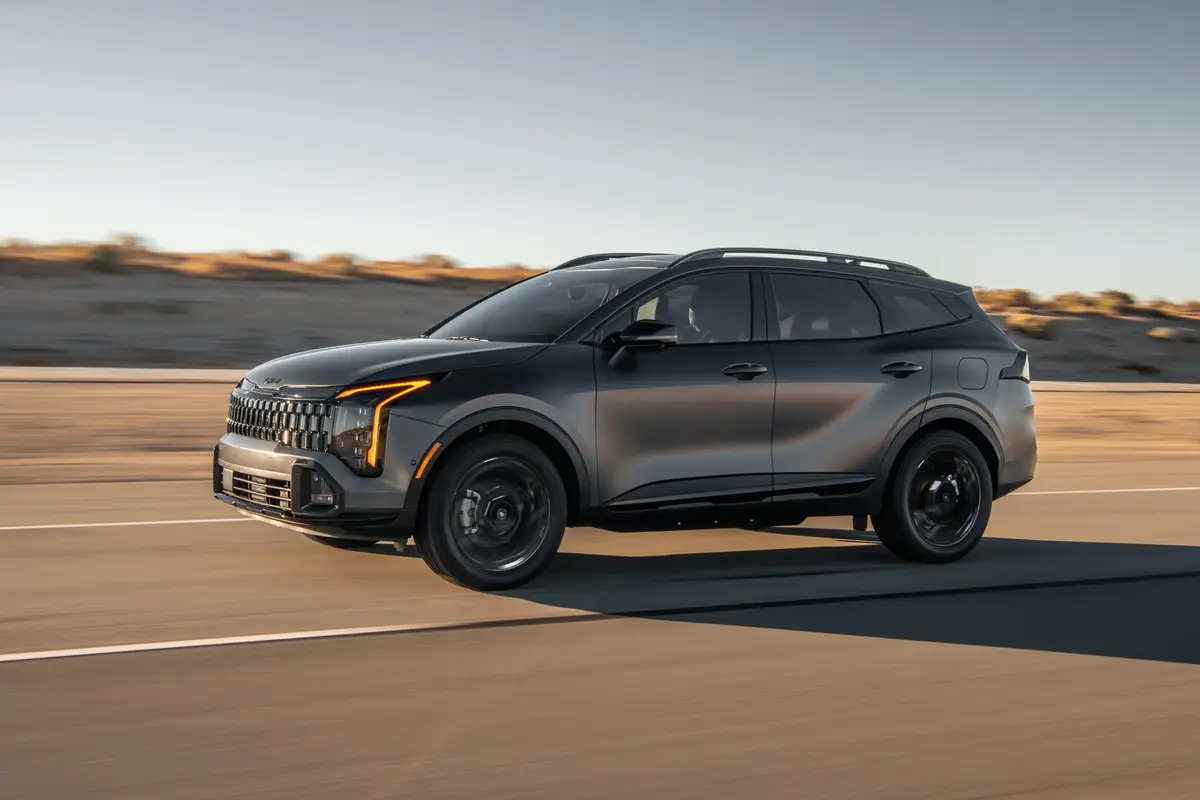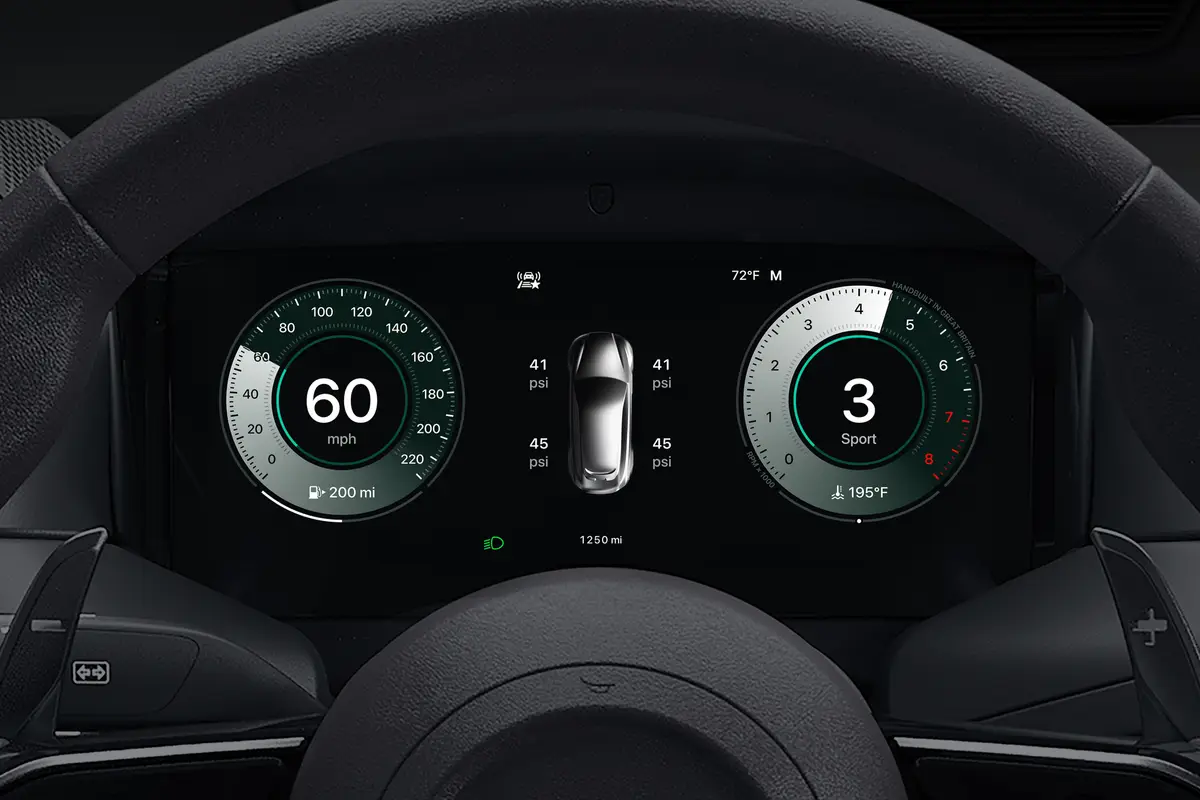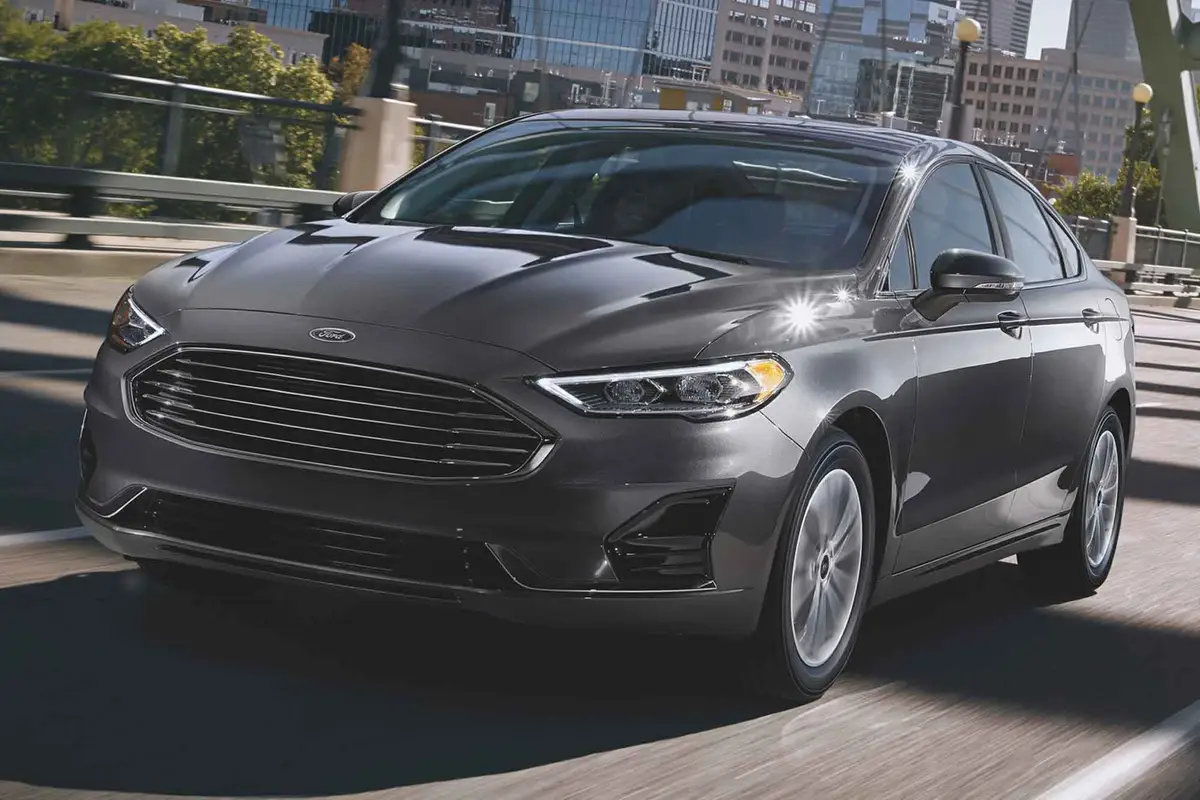PickupTrucks.com's view
The 4-door compact pickup truck market is a little more crowded and compelling with the release of the next-generation 2007 Ford Explorer Sport Trac.
Despite a few scandalous moments in its previous life, the Sport Trac enjoys perhaps the most enthusiastic customer base of any Ford truck product, especially with female buyers. Now enjoying a quieter ride, full list of standard safety features and available V8 engine, it can leverage that popularity to maintain, if not improve, its position in a market that has expanded in opportunities but is shrinking in sales.
Ford doesn’t provide sales numbers for the Sport Trac, but officials hint that the Sport Trac is responsible for 20 to 25 percent of Explorer sales. That’s pencils out to about 60,000 units a year, more than any other 4-door compact pickup with the possible exception of the Toyota Tacoma. The new Honda Ridgeline is on track to surpass its original sales goal 50,000 units a year, but the new Sport Trac may slow down the Ridgeline’s momentum for two reasons: price and power.
The Ridgeline is often criticized for lack of a V8. The Sport Trac offers a 292-horsepower 4.6-liter V8 backed by a 6-speed automatic transmission. The Ridgeline’s V6 is worth a healthy 255 horsepower, and the Ridgeline is about 350 pounds lighter than the Sport Trac, but the American appetite for a V8 exhaust note is as strong as ever. Ford officials say the V8 option is exercised in about 25 percent of all Explorers. For the Sport Trac, that figure jumps to 40 percent. In other words, Sport Trac owners are more aggressive.
A 4×4 Sport Trac has a starting price of $27,435 while a 2-wheel-drive version can be purchased for as low as $24,940. The lowest-priced Ridgeline is $28,320. The Sport Trac is still higher priced than comparable crew-cab midsize pickups.
The Sport Trac was first designed for active, recreational lifestyles, or at least those who pretended to have active, recreational lifestyles. As the innovator in this segment, it could get by with a single trim level and few options. Now the truck has grown up, offering luxury trims and amenities to serve a wider group of customers. It still has the mixed marriage configuration of an SUV cab and small composite pickup bed. The rubber floor covering with its hose-it-out flexibility is still there, but under nice carpeted floor mats.
More important in the Sport Trac’s maturation is the addition of just about every safety feature possible. The previous Sport Trac was not built on the previous generation Explorer but the first generation Explorer. The old Sport Trac was associated with the Explorer/Firestone controversy and also was saddled with the worst rollover rating from NHTSA. Now that the new Sport Trac is based on the current generation Explorer, it’s actually skipped a generation and the differences are very dramatic.
From the bottom up, the Sport Trac features a tube-through-tube frame that is 444% stiffer than the old one, independent rear suspension, new suspension geometry and tuning up front, monotube shocks all around and integrated factory Class II tow hitch (Class III/IV package available). Other chassis features include longer wheelbase and wider track, 4-wheel ABS disc brakes, low-friction rack-and-pinion steering and available 17- and 18-inch wheel packages.
Tied in the handling and braking improvements are Advance Trac with Roll Stability Control. Most stability programs are designed to help control spinouts but Ford’s system enhances the vehicle resistance to rollover. Advance Trac with Roll Stability Control has a second gyroscopic roll-rate sensor to determine significant roll angle. If needed, the system will grab the appropriate brakes or reduce engine power to enhance the vehicle rollover resistance. Other safety features include standard side air bags and available side-curtain air bags. The improvements have made a difference. The new Sport Trac earned 5-star crash ratings from NHTSA for front and side impact and also received the highest rating possible from IIHS for frontal offset crash testing.
Safety will be the primary focus of earning the trust of new customers, an important segment for Ford. The company says the Sport Trac draws in more first-time buyers than any vehicle except the Mustang. Flexibility and versatility are the main attractions as buyers look for pickup utility and SUV ride comfort. The bed hasn’t changed much in size or function-it still has the familiar side tie-down cleats-but has been upgraded with 3 in-floor storage compartments.
The interior is similar to the Explorer trim levels, except for the rubber floor. Overall feel is inviting and roomy but it can be gimmicky. The door handles are hard to find and have an awkward feel and operating motion. But other features are familiar, such as the power-adjustable pedals and console-mounted shifter. With an emphasis on noise reduction and ride comfort, the Sport Trac should quickly be a family favorite. It’s just a question of how much interior luxury the customer wants. The XLT offers cloth seats while the Limited steps up to two-tone leather. The seats are wider and more comfy to take advantage of the expanded interior space. Other options include heated windshield, satellite radio and standard CD player with MP3.
Base engine is a 4.0-liter V6 rated at 210 horsepower but the V8 gives the Sport Trac authority for passing speeds. Even with the 6-speed, we were a little disappointed at the sluggish starting power. With the V8, tow capacity goes up to 6,800 pounds, and there’s a 1,430-pound payload capacity. The Sport Trac is available in 2-wheel-drive or with the Control Trac 4-wheel-drive system. This transfer case sends torque to the front wheels as needed to maintain traction but the driver can select fulltime 4WD in hi or low ranges. The Sport Trac doesn’t have the ground clearance to be an aggressive trail climber but is certainly qualified to reach remote campgrounds or play in the desert in addition to having extra traction for ski roads.
The new Sport Trac fits in neatly between the more expensive Ridgeline and 4-door crew-cab midsize pickups. The Sport Trac can be loaded up with navigation and moonroof like the Ridgeline but not rear seat entertainment. However, the Ridgeline spots the Sport Trac about 800 pounds in towing capacity. Some crew cab pickups come close to offering all the luxury features of the Sport Trac but don’t ride as quiet.
After the first three months of 2006, Toyota Tacoma is way up in sales and the Nissan Frontier is slightly ahead of last year’s pace. Chevy Colorado, GMC Canyon, Ford Ranger and Dodge Dakota are down significantly. Basically, the midsize truck market is in disarray. The continued success of the Ridgeline and early enthusiasm for the Sport Trac could throw it into mass confusion.
Latest news



